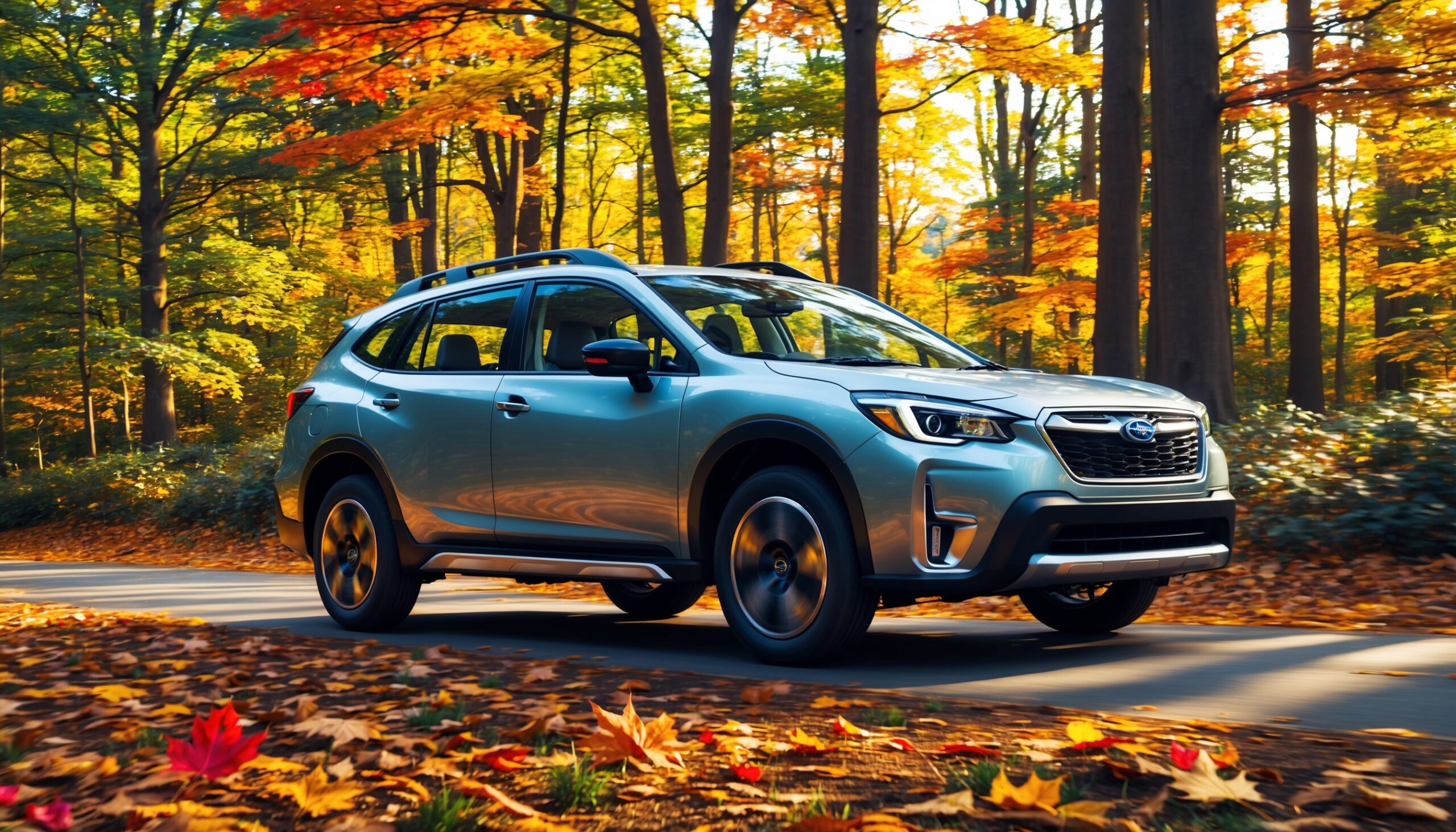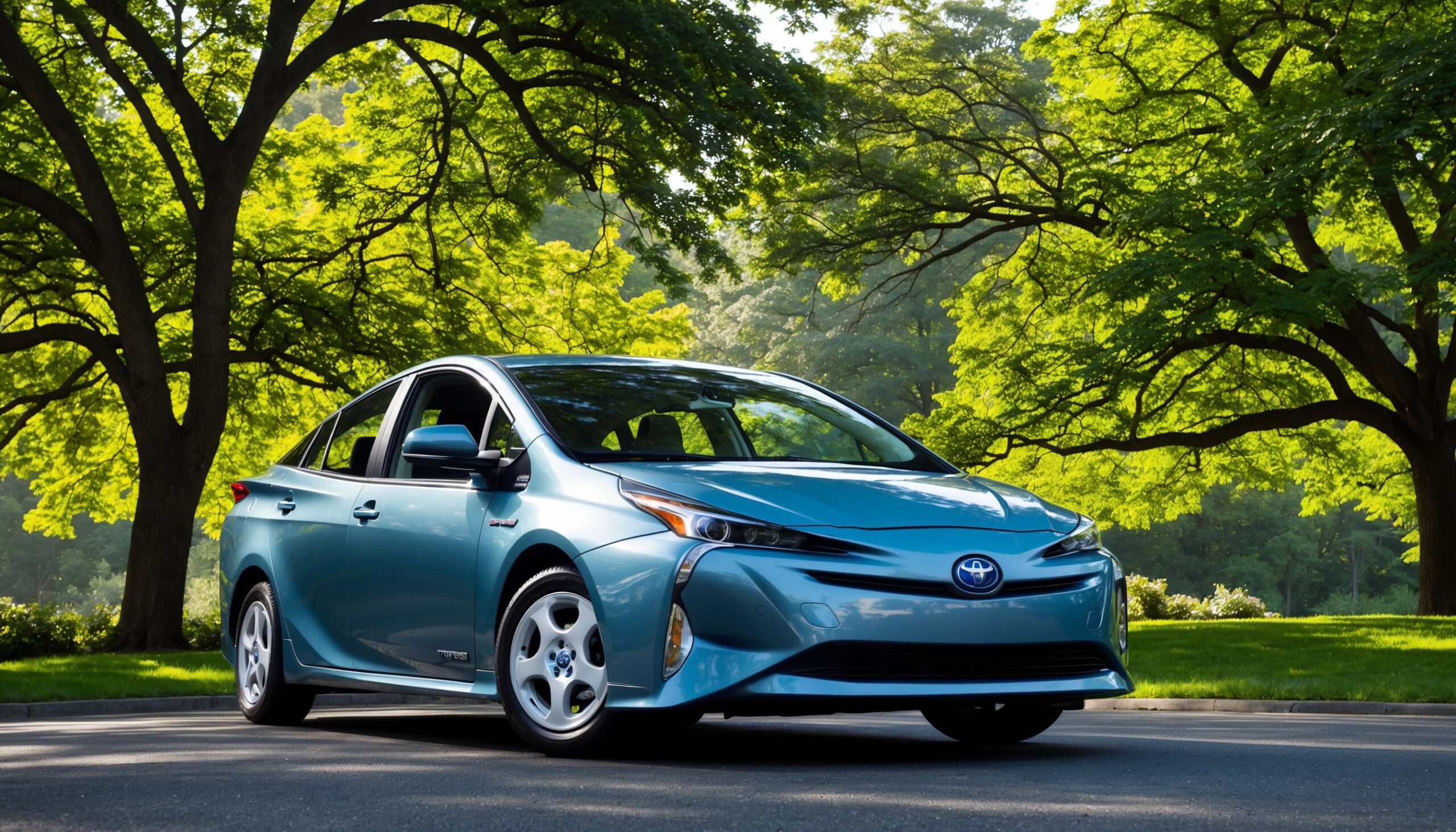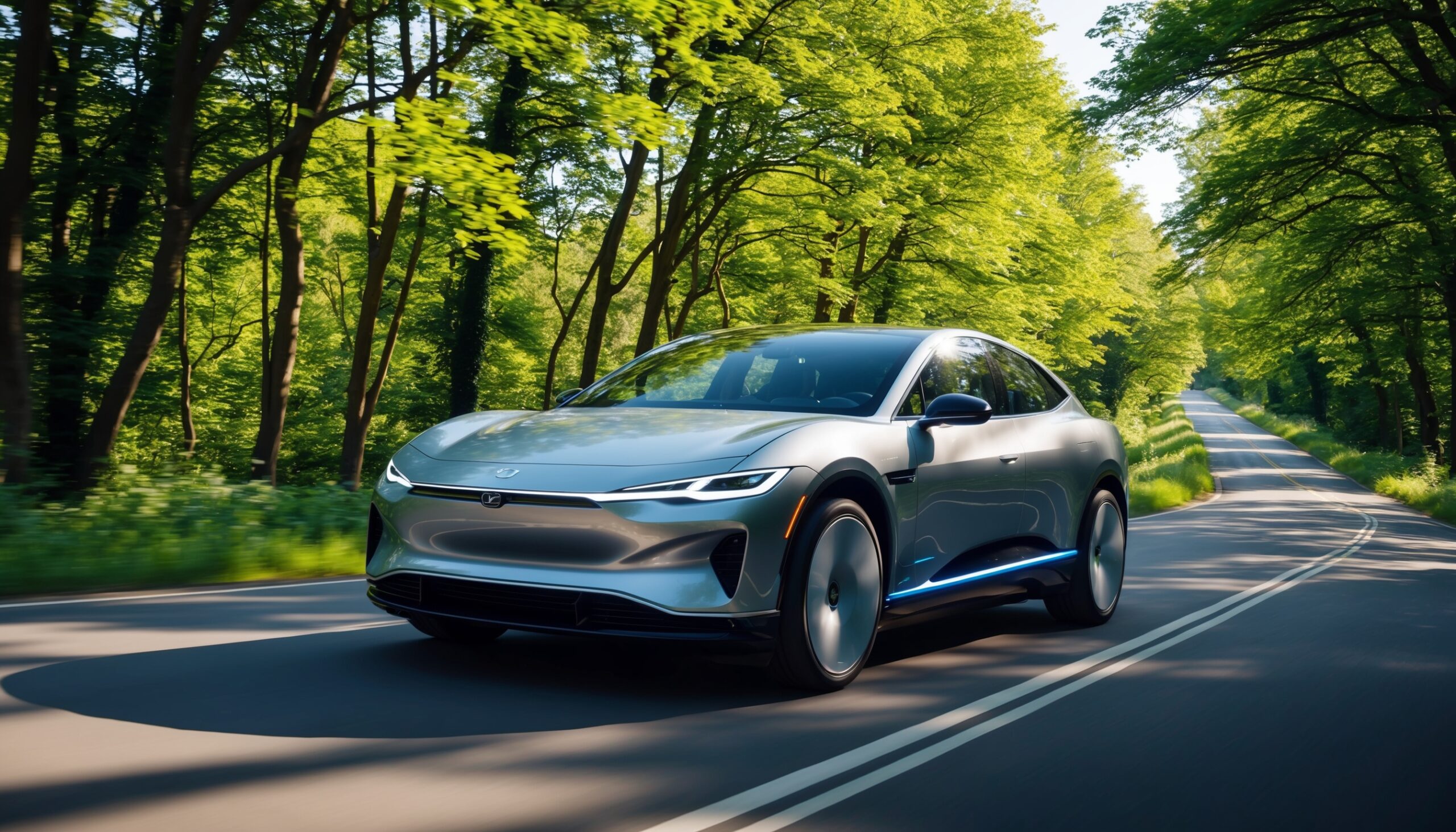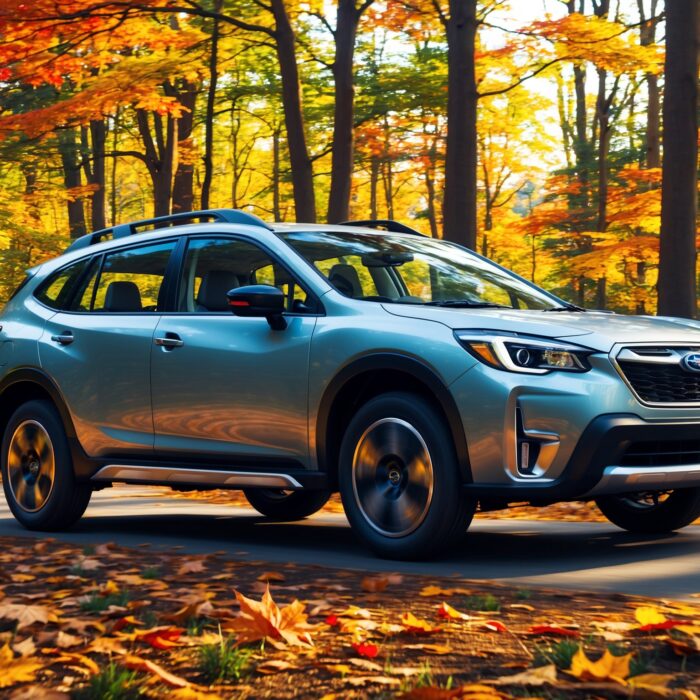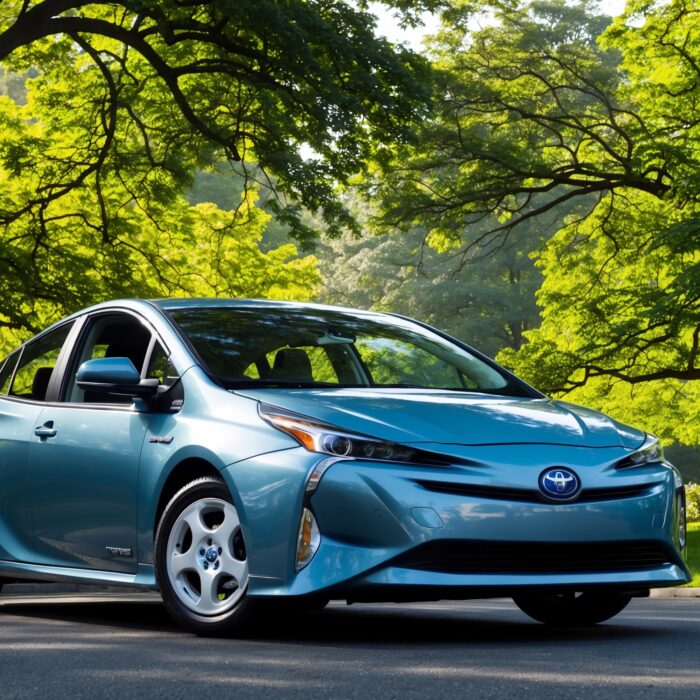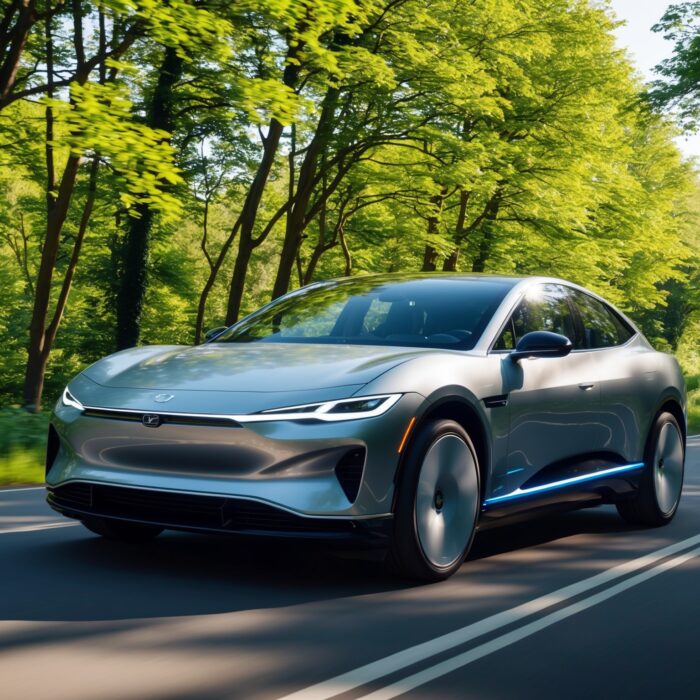New Tariffs and Trade Policies Reshaping Global Automotive Trade Flows
Welcome back, car enthusiasts! If you’ve been keeping an eye on the automotive industry lately, you might have noticed that the landscape is changing faster than a drag racer off the line. New tariffs and trade policies are reshaping global automotive trade flows, impacting everything from manufacturing to the price you pay for that shiny new ride. At Torque Feed, we love diving into the nitty-gritty of automotive trends, and today, we’re going to unpack how these shifts are influencing the cars we drive and the industry as a whole.
Understanding Tariffs and Trade Policies
Before we dive deep, let’s clarify what we mean by tariffs and trade policies. At their core, tariffs are taxes imposed by governments on imported goods. These taxes can influence consumer prices, manufacturer costs, and trade relationships between countries. Trade policies encompass a broader set of regulations, agreements, and negotiations that govern international trade. Together, these elements can make or break the automotive market.
The Current Landscape of Automotive Trade
In recent years, the automotive industry has witnessed a whirlwind of changes, largely fueled by shifts in trade policies and tariffs. Countries are re-evaluating their trade relationships, often leading to increased costs for manufacturers and consumers alike. Here are a few key factors contributing to the current state of automotive trade:
- Globalization: The automotive industry has become increasingly globalized, with manufacturers sourcing parts and assembling vehicles across multiple countries.
- Supply Chain Disruptions: Events like the COVID-19 pandemic exposed vulnerabilities in global supply chains, leading to a reevaluation of trade dependencies.
- Environmental Regulations: Stricter emissions standards and sustainability initiatives are pushing automakers to rethink their production strategies.
- Geopolitical Tensions: Political instability and trade disputes, particularly between major economies like the U.S. and China, have far-reaching effects on automotive trade.
The Impact of Recent Tariffs
Recent tariffs, particularly those imposed by the United States on imported vehicles and parts, have sent ripples through the automotive industry. Let’s break down the implications:
1. Increased Vehicle Prices
One of the most immediate effects of tariffs is the increase in vehicle prices. When manufacturers face higher costs for imported parts, they often pass those costs onto consumers. This can lead to higher sticker prices on new cars, which might deter buyers. For example, tariffs on steel and aluminum have made it more expensive for manufacturers to produce vehicles, directly affecting the price you see on the showroom floor.
2. Shift in Manufacturing Locations
In response to tariffs, many automakers are reconsidering where they manufacture their vehicles. Some companies are moving production closer to their primary markets to avoid tariffs altogether. For instance, a U.S.-based automaker might shift some of its production from Mexico to the U.S. to sidestep import taxes. This shift can create jobs domestically but also raises questions about the future of international manufacturing hubs.
3. Changes in Consumer Preferences
As vehicle prices rise, consumers may gravitate toward more affordable options or used vehicles, impacting the demand for new cars. This shift can lead manufacturers to rethink their product offerings. If consumers are looking for value, expect to see more automakers introducing budget-friendly models as a response.
4. Innovation and Adaptation
On a more positive note, tariffs can spur innovation. Automakers faced with rising costs may invest more in research and development to create more efficient manufacturing processes or explore alternative materials. This could lead to advances in technology, sustainability, and even safety features in vehicles.
Global Trade Policies and Their Effects
While tariffs are a significant factor, global trade policies also play a crucial role in shaping automotive trade flows. Let’s look at some recent developments:
1. Trade Agreements
Countries often enter into trade agreements aimed at reducing tariffs and fostering better trade relationships. For example, the United States-Mexico-Canada Agreement (USMCA) has replaced the North American Free Trade Agreement (NAFTA) and is designed to support the automotive industry by establishing rules around vehicle manufacturing and parts sourcing. The agreement emphasizes the importance of producing vehicles with a higher percentage of components made in North America, which has significant implications for trade flows in the region.
2. Trade Wars
Trade wars can create uncertainty in the automotive market. Recent tensions between the U.S. and China have led to tariffs on various goods, including automotive parts. This has forced manufacturers to adapt quickly, often facing increased costs and supply chain disruptions. The ramifications of these trade wars can result in higher prices for consumers and a reevaluation of where companies source their parts and assemble their vehicles.
Also Read: Private Equity and M&A Activity Reshaping the Automotive Parts Market
3. Environmental Policies
As countries commit to reducing carbon emissions and promoting sustainability, automotive trade policies are evolving. For instance, the European Union has implemented strict emissions regulations that impact the types of vehicles that can be sold within its borders. This shift encourages automakers to invest in electric and hybrid technologies, ultimately changing the types of vehicles that dominate global markets.
Regional Impacts on Automotive Trade
The effects of tariffs and trade policies vary significantly by region. Let’s explore how different areas are being impacted:
1. North America
In North America, the automotive industry is heavily influenced by the USMCA. The agreement aims to increase local content in vehicles and ensure fair competition, which can benefit domestic manufacturers. However, the ongoing trade tensions with China may lead to increased prices for certain parts, impacting both manufacturers and consumers.
2. Europe
European automakers face unique challenges, particularly concerning emissions regulations. As the EU pushes for greener vehicles, manufacturers must adapt or risk penalties. This has led to increased investment in electric vehicles (EVs) and innovative technologies. However, trade tensions, especially with the U.S., can create uncertainty in the market.
3. Asia
Asia, particularly China, is a powerhouse in automotive manufacturing. Tariffs imposed by the U.S. have affected Chinese exports, leading manufacturers to seek new markets. Additionally, the Chinese government is heavily investing in EV technology, shifting the focus of their automotive industry towards sustainability. This could reshape trade flows as demand for EVs increases globally.
The Future of Automotive Trade
So, what does the future hold for automotive trade in light of these tariffs and trade policies? Here are a few predictions:
1. A Shift Towards Electric Vehicles
With increasing pressure to reduce emissions, expect a significant shift towards electric vehicles. As countries implement stricter regulations, automakers will prioritize EV production, influencing global trade flows. This will also create new opportunities for manufacturers specializing in battery technology and charging infrastructure.
2. Continued Supply Chain Reevaluation
The pandemic highlighted vulnerabilities in global supply chains, prompting manufacturers to diversify their supply sources. This trend is likely to continue, as companies seek to reduce risks associated with tariffs and geopolitical tensions. Expect more local sourcing and manufacturing initiatives in the coming years.
3. Technological Advancements
As manufacturers adapt to new tariffs and trade policies, innovation will be key. We could see advancements in manufacturing processes, materials, and even the vehicles themselves. Expect to hear more about smart technologies and automation in the automotive space as companies strive to stay competitive.
What Can Consumers Do?
As a car enthusiast or a potential buyer, you might be wondering how these changes impact you personally. Here are some tips to navigate the evolving automotive landscape:
Also Read: Impact of Geopolitical Conflicts on the Automotive Supply Chain in 2025
- Stay Informed: Keep an eye on news related to tariffs and trade policies that could affect vehicle prices.
- Consider Alternatives: With rising prices, consider exploring used vehicles or alternative models that offer better value.
- Embrace Sustainability: As the industry shifts towards electric vehicles, consider making the switch. EVs not only benefit the environment but can also save you money in the long run.
In Closing
As we’ve explored, new tariffs and trade policies are indeed reshaping the global automotive trade flows, affecting everything from manufacturing to consumer prices. At Torque Feed, we’re excited to see how these changes will influence the vehicles we drive and the industry’s future. Whether you’re a die-hard enthusiast or a casual driver, the automotive world is evolving, and it’s essential to stay informed and adapt to these changes. Buckle up, because the future of automotive trade is bound to be a thrilling ride!

